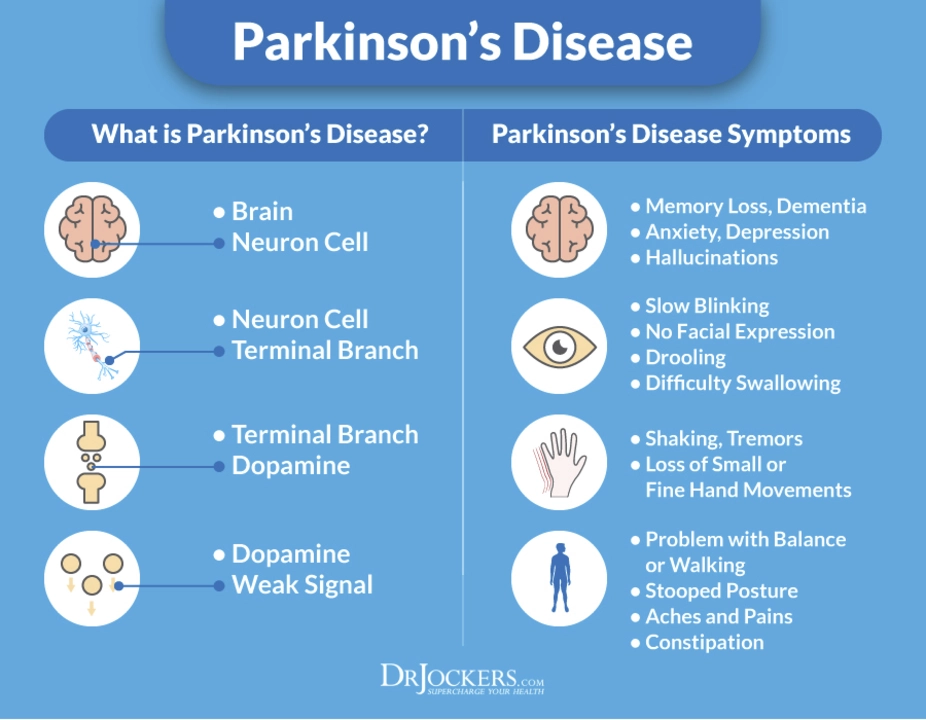Fibromyalgia Symptoms: What You Need to Know
If you’ve heard the word "fibromyalgia" but aren’t sure what it feels like, you’re not alone. Most people first notice a mix of aches that seem to come out of nowhere, plus overwhelming tiredness that doesn’t improve with rest. The good news is that spotting these signs early can help you manage them before they take over your day.
One of the hallmark clues is widespread pain that spreads across both sides of the body, often described as a deep, constant ache. It’s not limited to one spot—think muscles, ligaments, and even joints. People also talk about “tender points,” specific spots where pressure feels unusually painful. These are usually found around the neck, shoulders, chest, hips, knees, and elbows.
Common Physical Signs
Beyond pain, fibromyalgia brings a host of other symptoms that can feel unrelated at first. Fatigue is a big one—imagine waking up after a full night’s sleep and still feeling exhausted. This isn’t just being sleepy; it’s a heavy, draining weariness that makes simple tasks feel like chores.
Sleep disturbances follow the same pattern. Many sufferers experience trouble falling asleep, frequent awakenings, or non‑restorative sleep where they wake up feeling as tired as before. The brain’s “pain gate” stays open at night, so you may notice pain intensifying when you try to rest.
Headaches and migraines often tag along, too. Some people describe a foggy mind—commonly called "fibro‑fog"—where concentration, memory, and clear thinking take a hit. This mental cloudiness can make work or daily chores feel chaotic.
Managing Everyday Life
The key to handling fibromyalgia isn’t a single cure; it’s a toolbox of strategies. Start by keeping a symptom diary: note when pain spikes, what you ate, how much you moved, and your sleep quality. Patterns emerge quickly, helping you avoid triggers.
Gentle exercise works wonders for many. Activities like walking, swimming, or yoga keep muscles limber without over‑loading them. Even 10 minutes a day can boost endorphins and reduce pain over time.
Stress management is another pillar. Techniques such as deep breathing, mindfulness meditation, or simply taking short breaks throughout the day can calm the nervous system. Remember, stress often amplifies both pain and fatigue.
Finally, talk to a healthcare professional about a balanced plan that may include low‑dose medication, physical therapy, or counseling. Combining medical guidance with lifestyle tweaks gives you the best shot at reclaiming energy and reducing aches.
Fibromyalgia symptoms can feel overwhelming, but recognizing them early and taking small, consistent steps makes a huge difference. Keep tracking, stay active in ways that feel good, and reach out for support when you need it—you’ve got more control than you might think.
Promethazine and its potential role in managing symptoms of fibromyalgia
I recently came across some interesting information on Promethazine and its potential role in managing symptoms of fibromyalgia. Promethazine is an antihistamine that has been found to provide some relief for those suffering from this chronic pain disorder. Although research is limited, some studies suggest that it may help alleviate symptoms like sleep disturbances, fatigue, and even anxiety. As someone who is constantly on the lookout for new treatments, I find this possibility quite intriguing. Of course, it's important to consult with a medical professional before trying any new medications for fibromyalgia management.
© 2025. All rights reserved.

